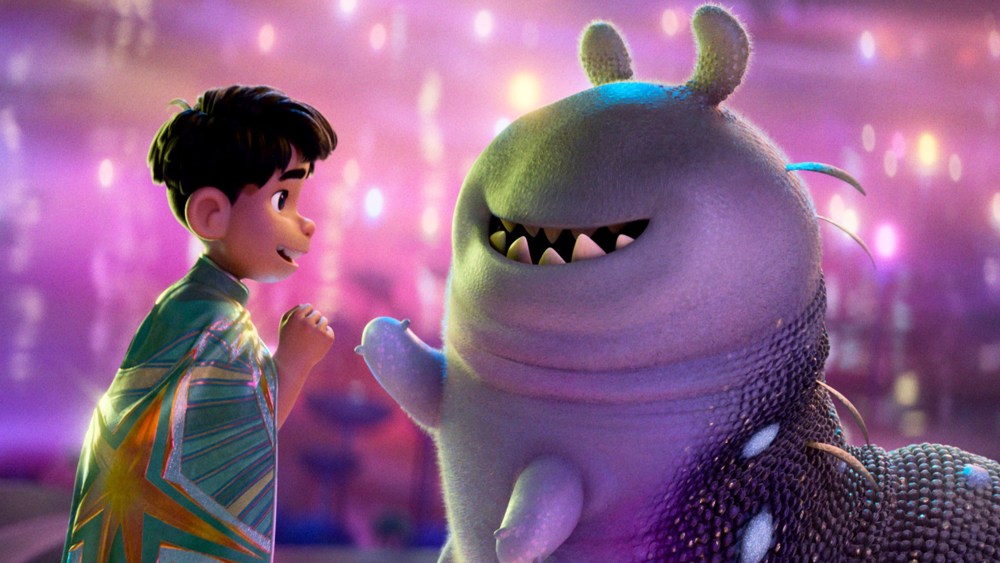How will a plucky, alien-obsessed tween and an undead army fare at the box office against a lovable, fiery dragon?
That’s the looming question as Disney and Pixar’s intergalactic animated adventure “Elio” and Sony’s post-apocalyptic thriller “28 Years Later” prepare to face off against Universal’s live-action “How to Train Your Dragon” remake in North America. “How to Train Your Dragon” topped the box office last weekend with $84.6 million and will likely retain the No. 1 spot with $40 million to $43 million in its second outing, marking a roughly 50% decline. The film has grossed $206 million globally so far.
Second place will be a close race as “Elio” aims for $25 million to $30 million in its first weekend and “28 Years Later” targets $28 million to $30 million in its debut. Box office tracking isn’t an exact science, though some forecasts are suggesting that “Elio” will land under $25 million, while “28 Years Later” could surpass $35 million over the weekend.
“Elio” looks to collect another $30 million to $35 million at the international box office for a global start between $55 million and $60 million. Directed by Madeline Sharafian, Domee Shi and Adrian Molina, the story follows an 11-year-old who forms a bond with eccentric aliens after getting mistakenly identified as Earth’s intergalactic ambassador. The film cost $150 million to produce, not including a hefty global marketing spend.
“Elio” marks an important test for Pixar. Disney’s animation empire recently delivered a record-breaking smash with 2024’s “Inside Out 2” ($1.69 billion globally) but hasn’t successfully launched a new property in some time. Unless “Elio” can eclipse $30 million domestically and $45 million globally, it’ll go down as the worst debut in Pixar’s 30-year history. That unfortunate distinction currently belongs to 2023’s “Elemental” with $29.6 million domestically and $44.5 million globally. Though the film was able to endure at the box office, “Elemental” ended its run with $155 million domestically and $496 million globally, far less than prior Pixar entries.
“28 Years Later” is projected to add an additional $28 million to $30 million overseas, which would propel its initial worldwide tally to $56 million to $60 million. That’s a respectable start for the $60-million budgeted film. The threequel will easily notch the biggest debut in the Danny Boyle-directed series, which began with 2002’s “28 Days Later” ($10 million debut) and continued with 2007’s “28 Weeks Later” ($9.8 million). From there, it won’t take much coinage for “28 Years Later” to become the highest-grossing installment in the trilogy, which is presently “28 Days Later” with $75 million worldwide.
Set almost three decades after the contagious rage virus unleashed its wrath on the world, “28 Years Later” follows a group of isolated survivors who venture to the mainland and discover that a mutation is threatening to ravage the rest of the population. “28 Years Later” will kick off a new zombie-infested trilogy, spearheaded by Boyle and writer Alex Garland. The film was shot back-to-back with its sequel, “28 Years Later: The Bone Temple,” which will debut in 2026. Meanwhile a third film (and fifth in the franchise) is in development.
So far, box office revenues are improving upon last year (up 23% from 2024) but still falling short of pre-COVID times (26% behind 2019, according to Comscore). So movie theater owners need the rest of the summer slate — including “F1” (June 27), “Jurassic World Rebirth” (July 2), “Superman” (July 8) and “Fantastic Four: The First Steps” (July 25) — to keep up the momentum in the hopes of delivering a record post-pandemic popcorn season.
